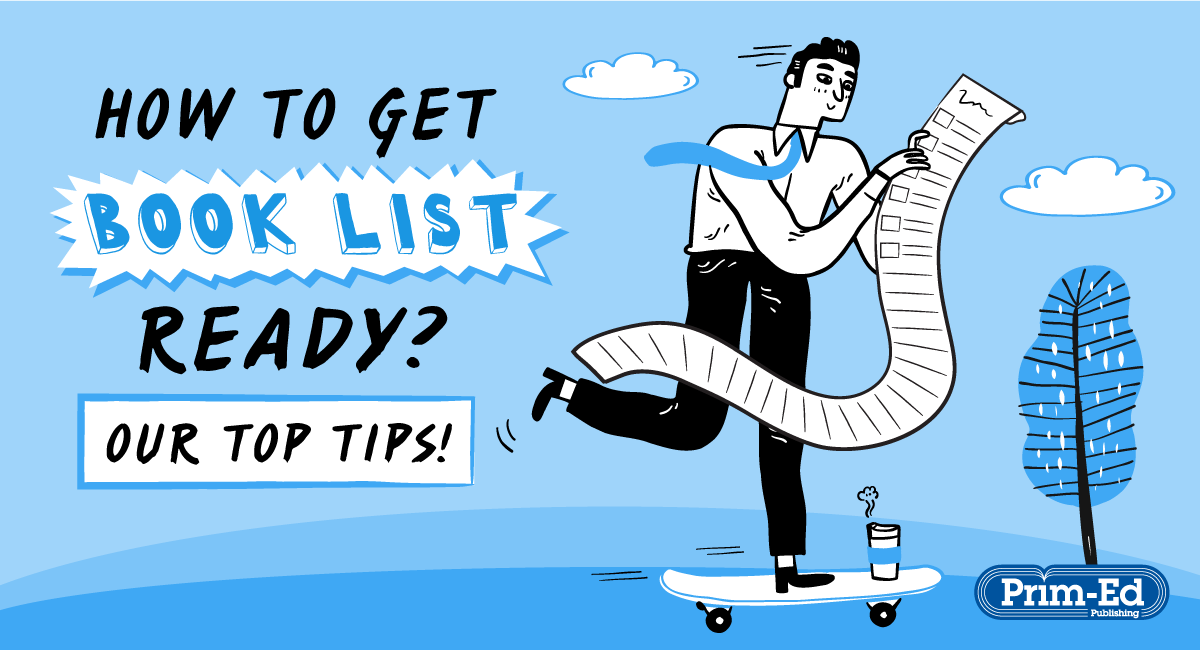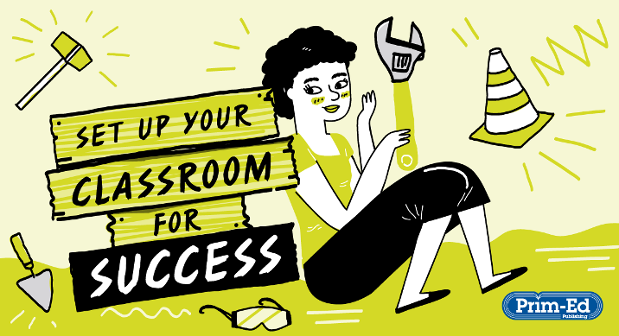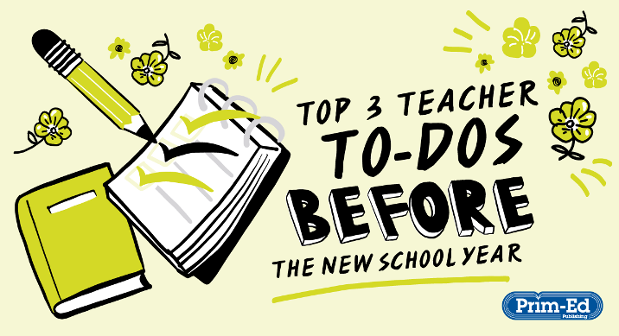- Wednesday 10 April 2024
Back-to-school season is fast approaching, and we’re here to help!
Getting ready for back-to-school starts with deciding on pupil resources to use for the new school year. From best-sellers like New Wave Mental Maths, to timeless staples like Reading for Me, we have a wide range of pupil resources to choose from this year.
Read on to discover four book-smart strategies that will simplify your back-to-school selection and narrow down your resource choices.
1) Define your intentions
In an ideal world, teachers would shop our entire workbook range and have every resource they ever need at their fingertips.
In reality, you might need to get choosy, so to help you narrow down your selection, we recommend setting an intention for the pupil resources you purchase this year.
For example, do you want to use pupil resources for daily practice and revision? In that case, New Wave Mental Maths and New Wave English in Practice are excellent choices as they contain daily practice exercises and weekly revision columns.
Or maybe you want to use pupil resources for consolidation and warm-up? If so, consider pupil resources like Reading for Me, which contains follow-up texts to help pupils consolidate their learning.
Maybe you’re just looking for easy set homework resources – in which case, all of our workbooks are great because you can simply assign a page or activity and send it home with each pupil. All you need to do is pick a subject or learning area you’d like pupils to further practise at home.
2) Identify pupil interests
Each pupil has unique interests and learning areas that they enjoy and thrive in. The more you can align to these learning areas, the more engaged your class will be in learning!
Is there a subject your pupils love to learn about? Consider purchasing pupil resources in that specific subject area.
Or, maybe you want to engage interest in other subject areas by connecting learning outcomes. In which case, consider pupil resources that contain cross-curricular activities (such as Science: A STEM Approach).
3) Choose skills development focuses
Is there a specific skill you believe is particularly important for pupils to master? For example, making connections between one learning area and another? Or perhaps collaborating with peers?
One way to narrow down your pupil resource selection is to identify which skills are essential for this upcoming school year and align resources to that skill.
Here’s a quick breakdown of a few of the skills our pupil resources focus on developing:
- New Wave Mental Maths – problem solving, critical thinking, analytical skills
- Reading for Me – language development, cognitive skills, literacy and phonics
- My Spelling Workbook – phonemic awareness, vocabulary development, memory and recall.
- Science: A STEM Approach – creativity, collaborating, critical thinking
- New Wave English in Practice – reading, writing, communication and grammar
- Sounds in Focus – phonemic awareness, spelling, word recognition
4) Workbook usage
Finally, you might decide to choose pupil resources based on how you want to use them throughout the year.
Depending on your established teaching style, homework needs, and where you need the most support, pupil resources can serve many different purposes and have flexible usage.
Plus, pupil resources are fantastic resources for lesson planning as they can aid just about any topic of any subject, and they’re full of texts, activities, questions, and assessments.
With that in mind, pupil resources can be allocated to supplement lesson planning (e.g. progress tracking, warmup and consolidating exercises, classroom revision, etc.) or empower student ownership over work (e.g. daily homework practice, independent learning, etc.)
If these tips helped you narrow down your choices, let us know! And don’t let back-to-school season sneak up on you – start browsing our range of pupil resources today and build your school year wishlist!


